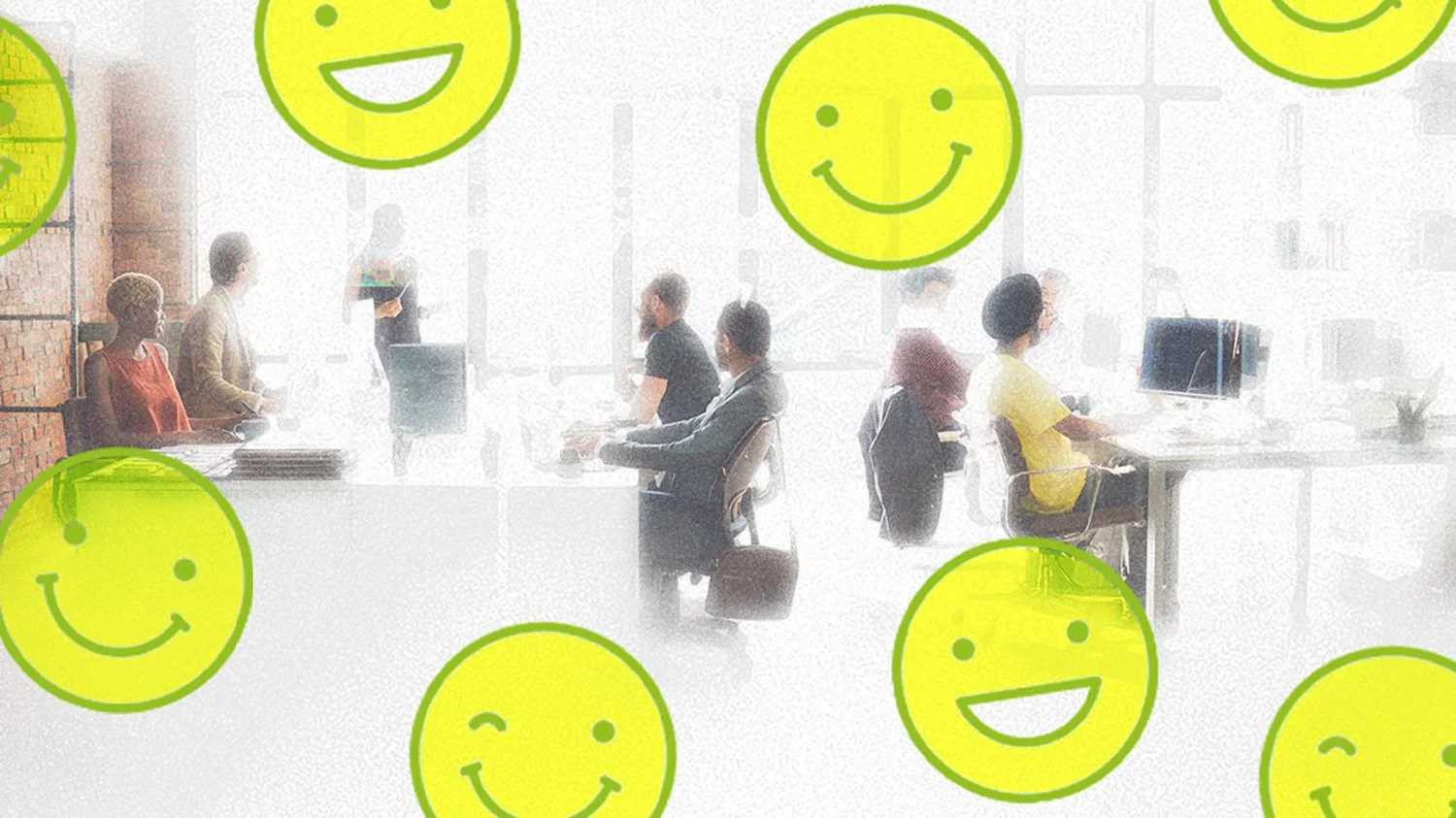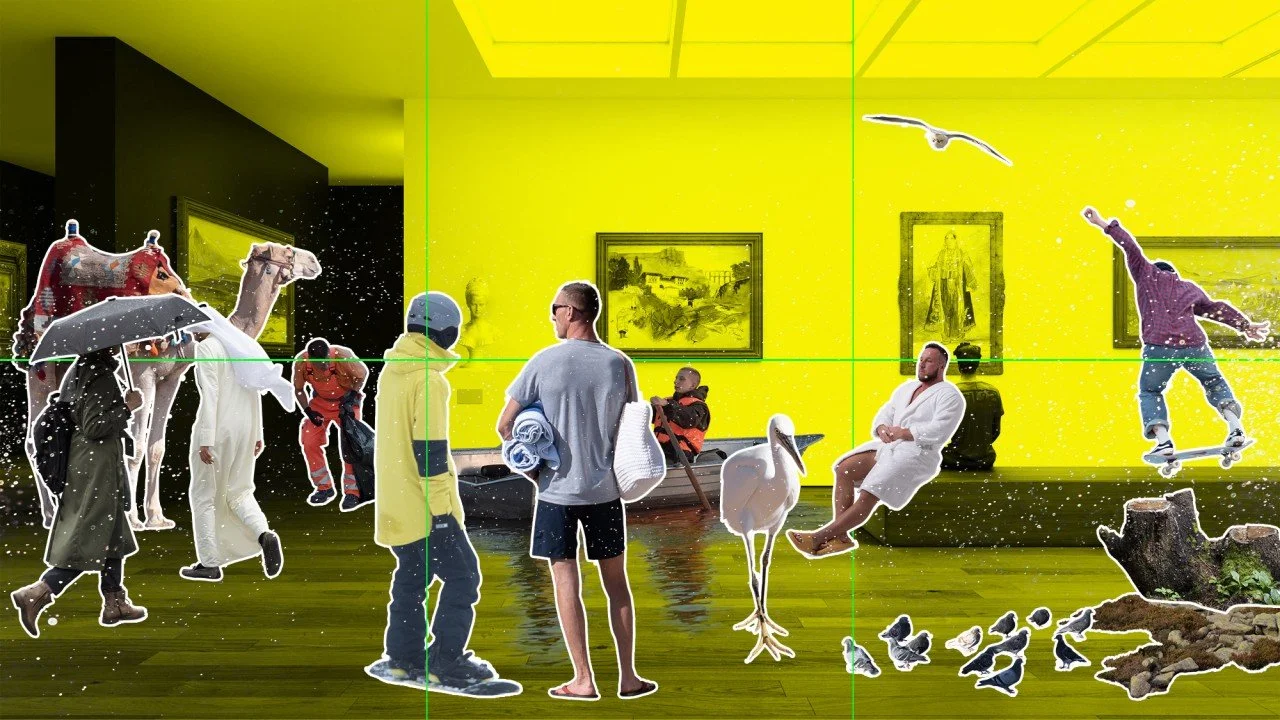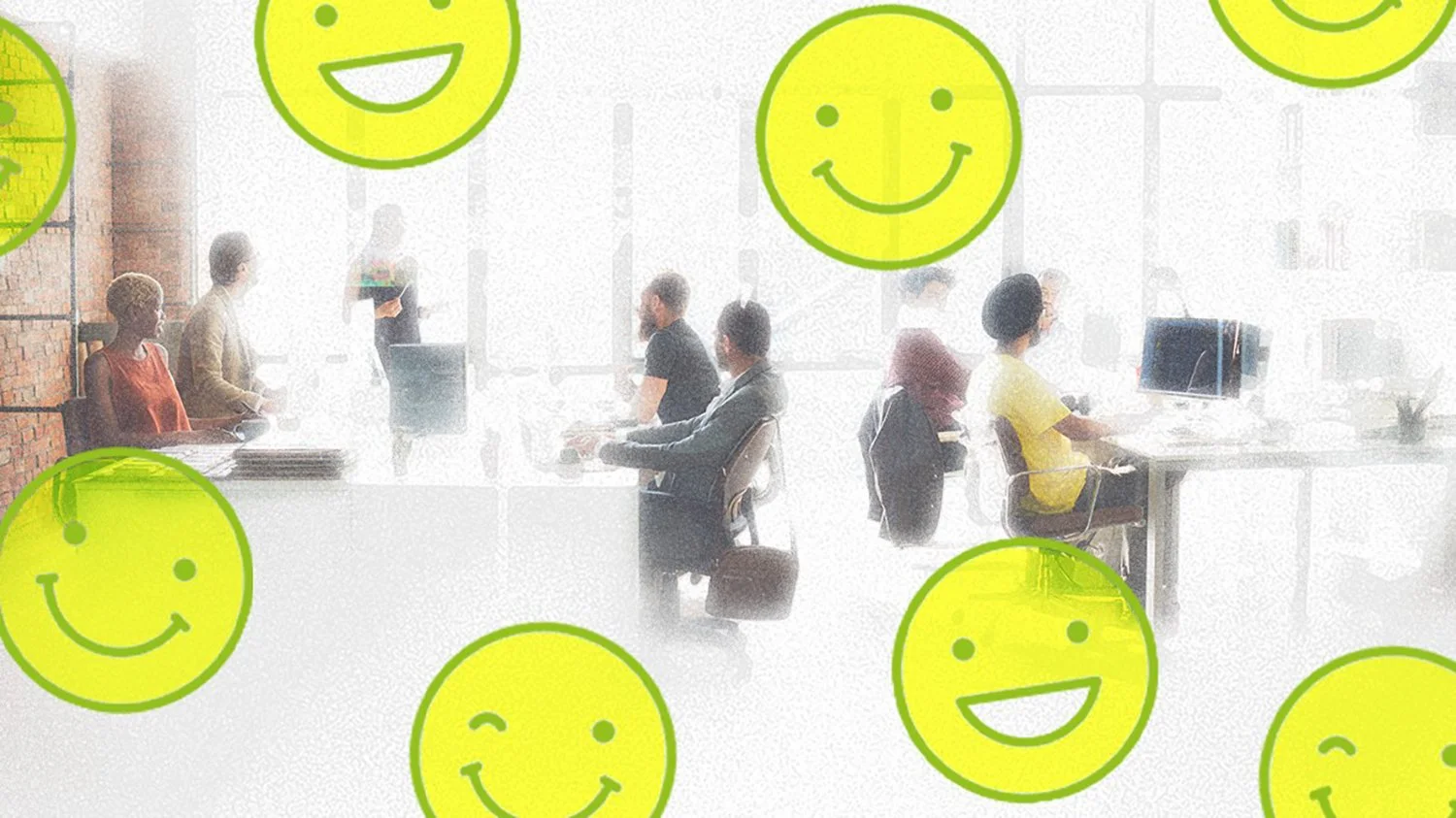August 8, 2022
Workplace Design, Happiness, and Productivity
Architecture is (applied) art. It is created for people to perceive and use it. Psychology, on the other hand, is the study of human experience and behavior.
In any organization, human resources are the main factor and promoting their productivity is essential to achieve success of the organization.
The working environment is another important factor too, and the importance of creating an effective environment for human resources is emphasized nowadays. In fact, the workplace has a direct relation to increase or decrease the organizational performance. So today designers and architects have become interested in making office spaces pleasant; using natural elements, continuity of design and color, diversity and intelligent use of furniture that can be seen in many successful projects today.
There are factors that if they go unnoticed in the design of the workplace, organizational work will not be done properly and they will face a decrease in returns.
Architecture is a science-based profession considered to solve a problem.
Designing buildings and other physical environments must act in accordance with human personalities and characteristics and be suitable and useful for them.The most important thing that should be considered during designing is the interaction between people and the environment.
A lot of time in every human’s life is spent in spaces created by man and architecture has a key role in the formation of human psychology (Pakzad & Bozorg, 2014).
If the working environment is well designed, it leads to employee satisfaction, sense of ownership and belonging, qualitative and quantitative increase in work, cooperation, staff participation and association and ultimately, job satisfaction. Comfort may be functional, but job satisfaction needs intelligent design. One of the most important factors in environmental psychology of workplace is to check out the spaces according to satisfaction, comfortable performance (comfort), and production (achievement); so, if a person is satisfied in the workplace, his performance is good and his career achievement is positive, as a result.
Formal Offices
Formal offices are generally divided into two categories, namely conventional offices with separate rooms and open offices.
Research has shown that due to lack of physical territory in offices with open plan (open offices), employees make a new immutable territory to feel more comfortable; for example, they sit behind one desk every day, they use one monitor or they hang their coats in one place every day. Although open offices encourage staff to more participation and teamwork, these offices are stressful because people can conveniently access to information of each other, there is a lot of noise, and they stimulate a defensive manner in people.
Employees have more personal control over their work space in conventional offices. This kind of office has positive results in some ways such as less distraction, better performance, less stress, decision-making on an individual basis and ultimately, more satisfaction with the work environment. However, one of its negative points is lack of participation with others. Researchers believe that ability to see without being seen is a natural need that satisfies personnel in an office. Moreover, some research has studied personnel’s manner of sitting in offices and found that people tend to sit across each other when competing; but they tend to sit next to each other when cooperating with each other. They also tend to sit around the corner when talking to each other.
conventional offices
open offices
Innovative Offices
Today, offices of creative professions have changed. These offices are not common offices because they have spaces to relax and have fun. This revolution began by Google Inc. that provided offices in which comfortable seating areas and entertainment and play facilities were created for its employees. Many companies and universities attempt to design environments to promote working level and personnel’s creativity.
The environment has a fundamental role in the procedure of creativity and research has verified the effect of the environment on creativity. Physical environment should affect and support the process of creativity.
Features of environments which lead to creativity according to the results of the research are visual details, easy visual access to information, possibility of different options for seating, even sitting on the ground (soft carpet) as well as variety of colors in offices impact on staff’s creativity.
Today, architects are expected to be aware of influences of the environment on human psychological dimensions in the future and psychological layers of architectural designs to be more precise and evident in architectural documents while working on projects.
Architects and environmental designers are required to cooperate in the decision making process of executives and leaders of organizations about the form of workplaces and promote human resources productivity, achieve strategic purposes of the organization by intervening in the organization's environment and providing optimal conditions for presence, activity, and social interaction of individuals within the organization.
Creating the right atmosphere is an important part of a workplace design. A well-designed workplace can impact the team’s efficiency, productivity, morale, and overall attitude. That same well-designed office also communicates volumes about the business to the clients and customers.
A pleasing, organized, modern workplace interior design promotes confidence and speaks of success to those who experience it. That said, it’s important to understand that what works for one business may not work for another. It all depends on the tone, image, and overall brand you’re trying to create.
Tips for an inspiring office design
1: Offer a variety of seating options:
Planning of a variety of seat and desk options is one of the main factors that should be considered in an office design. Ergonomic chairs, stools, couches, adjustable-height desks, cafe tables, and communal tables are all excellent options to include in a workspace.
These options may not seem like a crucial consideration, but they are. Especially now that medical professionals recognize the negative health impacts of sitting for long periods of time every day.
Give your team the choice to work in a variety of different positions and they’ll be happier, healthier, more creative, and more productive.
2: Choosing the natural light
Human body responds better to natural light. That natural light improves the employees moods and helps them stay focused and productive for longer periods of time. Even if it is impossible to put a window in every office, furnishing the workspaces with lights that give off softer wavelengths is a very good solution.
New technologies allow for workspace lighting to change automatically from the cooler greens and blues that occur in the morning to the warmer yellows and reds that occur in the afternoon.
3: No walls
When choosing the workspace design, it should not be considered to use solid floor-to-ceiling walls, or even half-wall cubicles, whenever possible. This open-concept office design promotes a collaborative and engaged workforce.
Implementing frosted glass brick or some other opaque material is a perfect solution if it is needed to carve out more private space.
4: Bringing the outside inside
Natural accents like plants, exposed concrete and wood floors, reclaimed wood desktops, and painted steel are simple ways to bring the outside in. These touches have the added benefit of making team members feel more comfortable. And when they’re more comfortable, they’re more focused, creative, and engaged.
5: Coloring
Washed out colors affect creativity and hard work. That’s why modern office designs incorporate vivid colors into the walls, floors, ceilings, and furnishings.
Studies have shown that varied bright hues can boost productivity, creativity, and overall happiness.
6: Variety of materials and textures
Material and texture can have a crucial impact on the quality of the employees performance.
Nowadays, workspace designers are prone to use a variety of materials from rough wood to soft fabrics to textured plaster and more to stimulate a sense of productivity and wellness in the people who experience them every day.
7: Adaptable furniture
Cooperation is the key to the success of a business. Meeting together and then breaking into smaller groups keeps the inspiration flowing. But finding a workspace for those smaller groups can quickly kill the creative vibe.
To make this process easier, set up the cooperative areas with furniture that can easily be moved, rolled away, folded up, or broken down completely. This gives the employees the ability to gather together after a team meeting to keep the brainstorm session rolling.
8: Promote the rest area
While the workstation is the most important part of the employees, a designated lounge area provides a comfortable, relaxed atmosphere where employees can build community, get together, and relax while continuing to work on the project at hand.
The position of the lounge area near should be considered in the main entrance of the workplace so the visitors walk in and see all the activity. In this way they get immediately a sense of what the business is about.
Conclusions
The unique thing about innovative offices is that it is different for every company. What works for one may not work for another. For a long time, employees were supposed to show up to a traditional office, where they performed their tasks like robots.
Working in an office with no touch of nature or colors can affect employees' mental health. Traditional offices are now seen as places that kill the spirit of employees who work there.
At X-Identity, the office is more than just a place to sit and do work. It is a cool place that promotes productivity, engagement, focus, and growth.
We’ve mentioned this before, but it’s true—creative spaces increase productivity. This is because employees feel motivated to work. Rather than being separated in offices and pods, they work together in a shared space. This makes it easier for employees to collaborate with one another, solve problems together, and more.
Spaces that are open and uncluttered make the mind freer to innovate. There’s nothing to cause a distraction. Plus, the airiness of the space, and the freedom to work where you need also contribute to inspiring the imagination.
Other thoughts
April 27, 2023
October 21, 2022
August 8, 2022
January 4, 2024


















